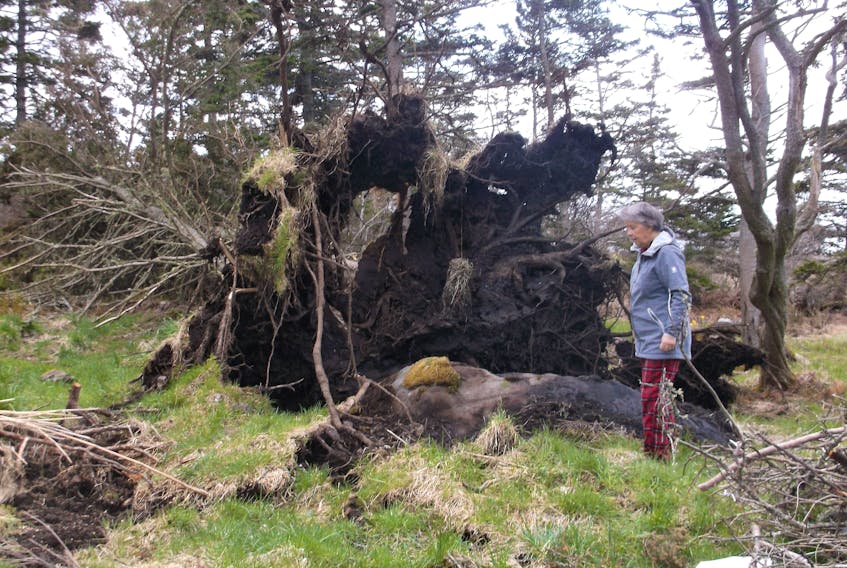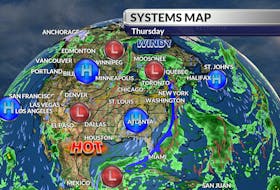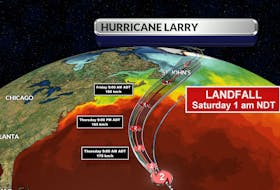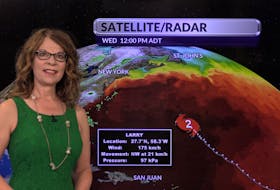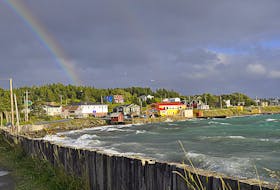I love to question things, so I appreciate being stopped and questioned about the weather.
This spring, two questions keep coming up, over and over. The first is: when is it finally going to warm up? The second, why is it so windy?
Earlier this month, Wendy Hazel had enough of the cooler temperatures and wind and fired off this question:
“What in the $^%&* is it with all the frequent winds? Every 10 days or so, we seem to be getting winds with gusts to 70 to 100 km/h. It seems to have started early fall. Is this what we can expect from here on in? I hope not! If so, my pontoon boat will be on dry land more than it will be in the water.”
a great observation Wendy: anecdotally, there is consensus and fairly recently, numbers to back it all up.
A study published in the journal Nature Climate Change finds winds across much of North America, Europe and Asia have been growing faster since about 2010. In less than a decade, the global average wind speed increased from 11.2 km/h to about 11.9 km/h. That difference in the average wind speed would not be noticeable by you or me, but it is significant.
That aside, we have had some very windy systems blow through in the past little while, and that has people talking. Can we point to climate change?
We do know that with time, weather systems here at the coast will become more powerful as a result of climate change; in fact, we're already witnessing this. Warmer sea surface temperatures are fuelling more powerful storms. The deeper the central pressure of any storm, the greater the pressure difference will be between it and the nearby areas of high pressure; the greater the difference, the stronger the wind.
That being true, we can’t discount seasonal change. Wind is also the result of cold air rushing down into a warm air mass. Cold air is heavier than warm air and naturally rushes into the warmer regions – where the air pressure is low. When a difference in atmospheric pressure exists, air moves from the higher to the lower pressure area, resulting in wind; the greater that difference, the faster the wind.
Since early April, we’ve seen significant temperature spreads from one corner of the region to the other. Once that levels off a little, the wind should settle between systems.
I hope this answers your question, Wendy. There are many factors involved, but I think it is safe to say Atlantic Canadians should prepare for increasingly strong winds generated by powerful offshore storms driven by climate change.
- Want more weather information? Visit your weather page.
- Have a weather question, photo or drawing to share with Cindy Day? Email [email protected]
Cindy Day is the chief meteorologist for SaltWire Network

